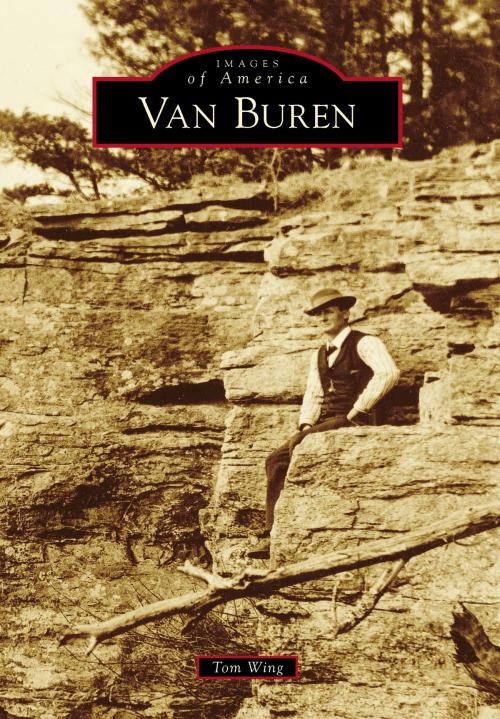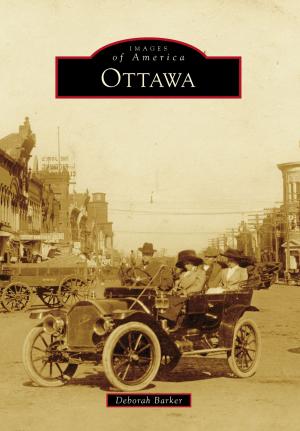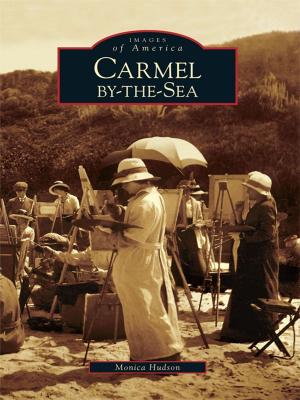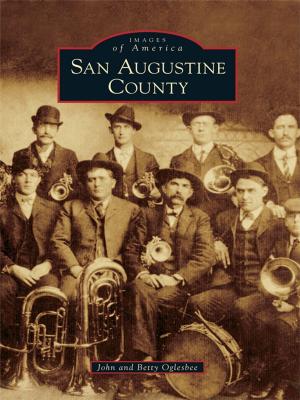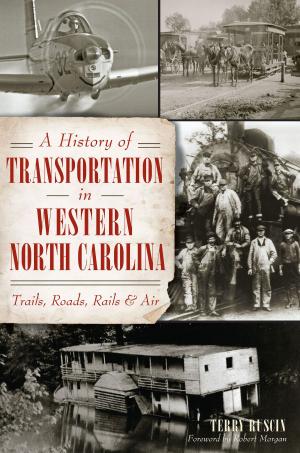| Author: | Tom Wing | ISBN: | 9781439655320 |
| Publisher: | Arcadia Publishing Inc. | Publication: | March 28, 2016 |
| Imprint: | Arcadia Publishing | Language: | English |
| Author: | Tom Wing |
| ISBN: | 9781439655320 |
| Publisher: | Arcadia Publishing Inc. |
| Publication: | March 28, 2016 |
| Imprint: | Arcadia Publishing |
| Language: | English |
The town of Van Buren was first named after the area post office established in 1831 in honor of Martin Van Buren. The town, which grew up on the Arkansas River, officially took its name when the city was incorporated in 1842. Van Buren's "golden age" occurred in the mid-19th century as steamboats brought settlers, migrating Native Americans, slaves, and European immigrants to the frontier. With Indian Territory (Oklahoma) nearby, Van Buren was an entry point to the West, not unlike St. Louis and Kansas City. After the Civil War, railroads replaced the steamboat as the main mode of transportation and resource distribution across the country. Later, Interstate 40 was built, bisecting the town and contributing to the city's heritage as a transportation center.
The town of Van Buren was first named after the area post office established in 1831 in honor of Martin Van Buren. The town, which grew up on the Arkansas River, officially took its name when the city was incorporated in 1842. Van Buren's "golden age" occurred in the mid-19th century as steamboats brought settlers, migrating Native Americans, slaves, and European immigrants to the frontier. With Indian Territory (Oklahoma) nearby, Van Buren was an entry point to the West, not unlike St. Louis and Kansas City. After the Civil War, railroads replaced the steamboat as the main mode of transportation and resource distribution across the country. Later, Interstate 40 was built, bisecting the town and contributing to the city's heritage as a transportation center.
